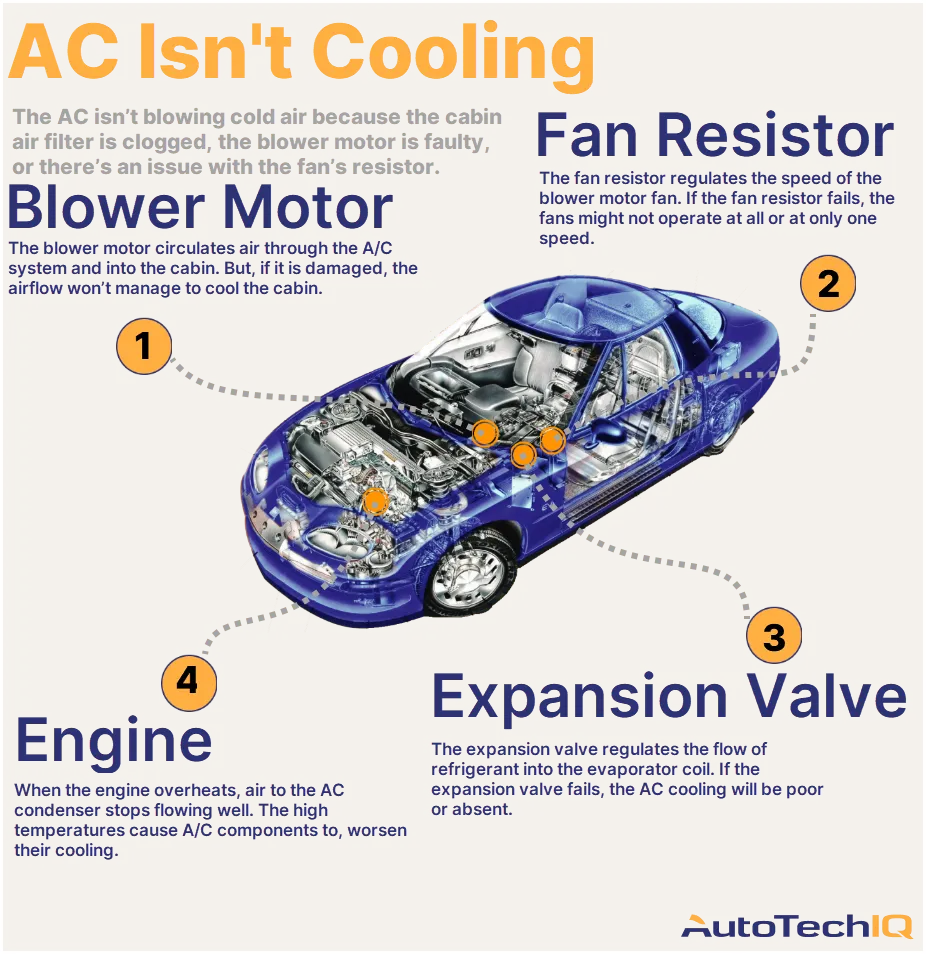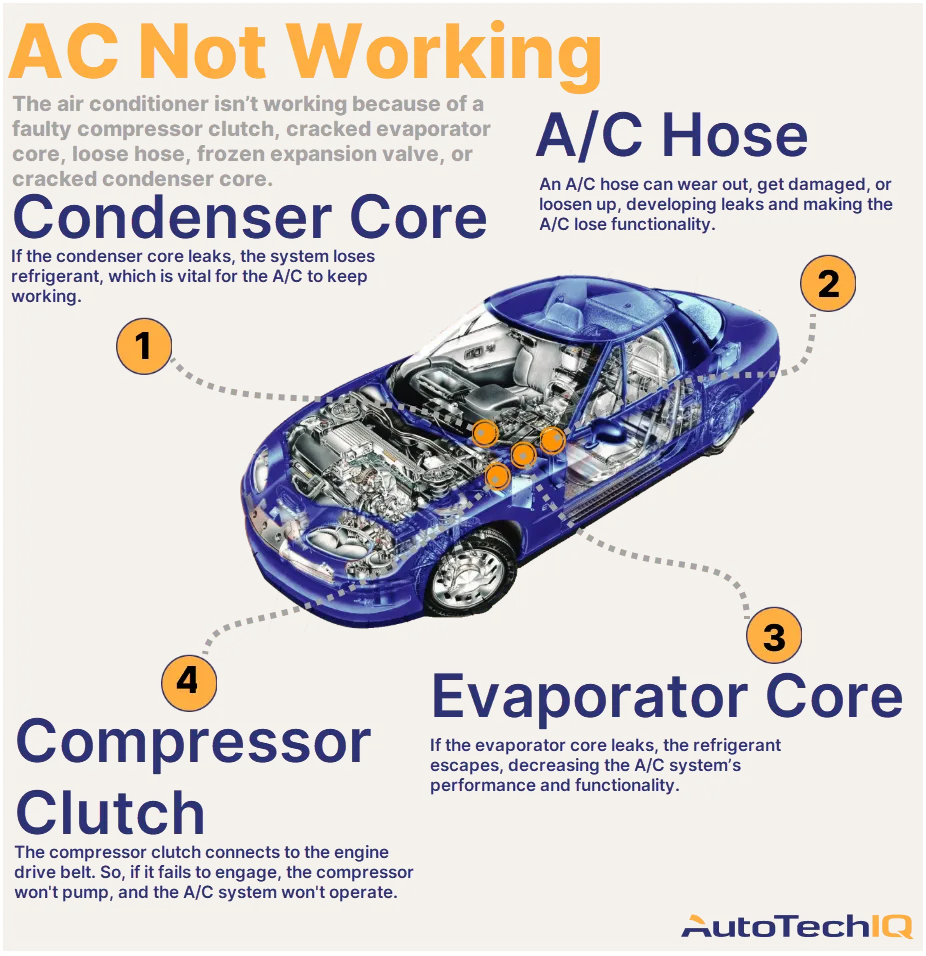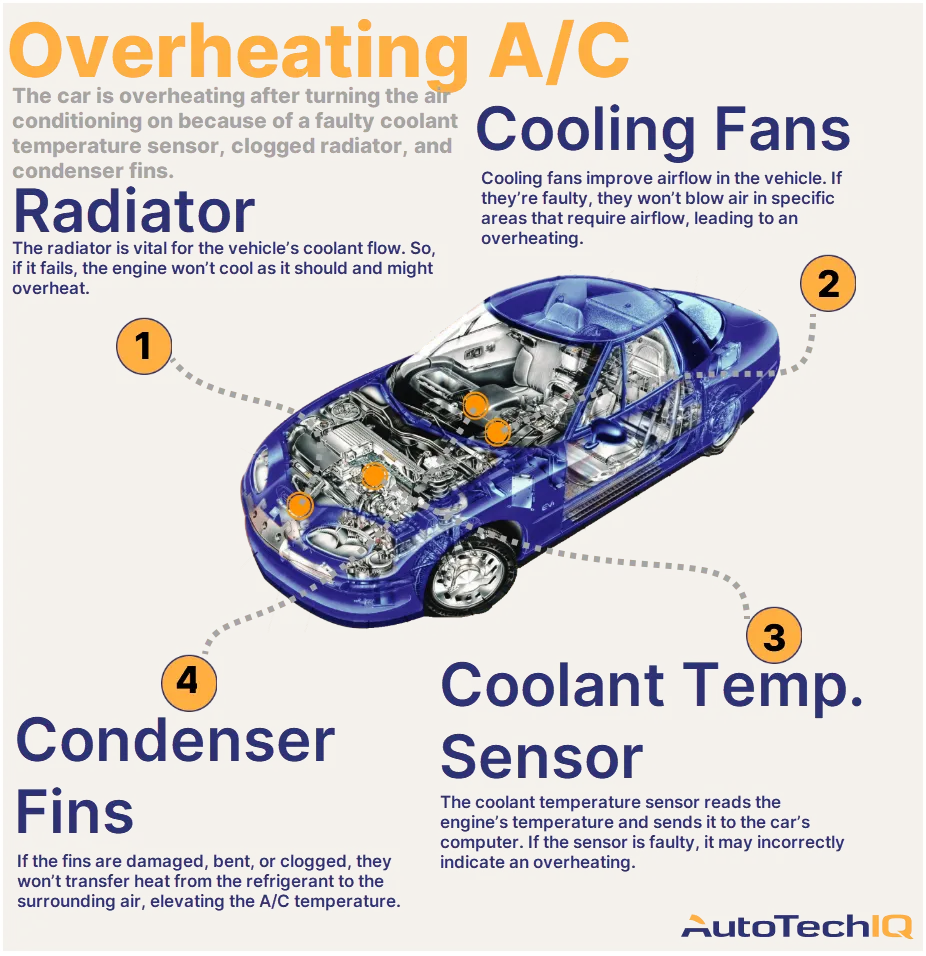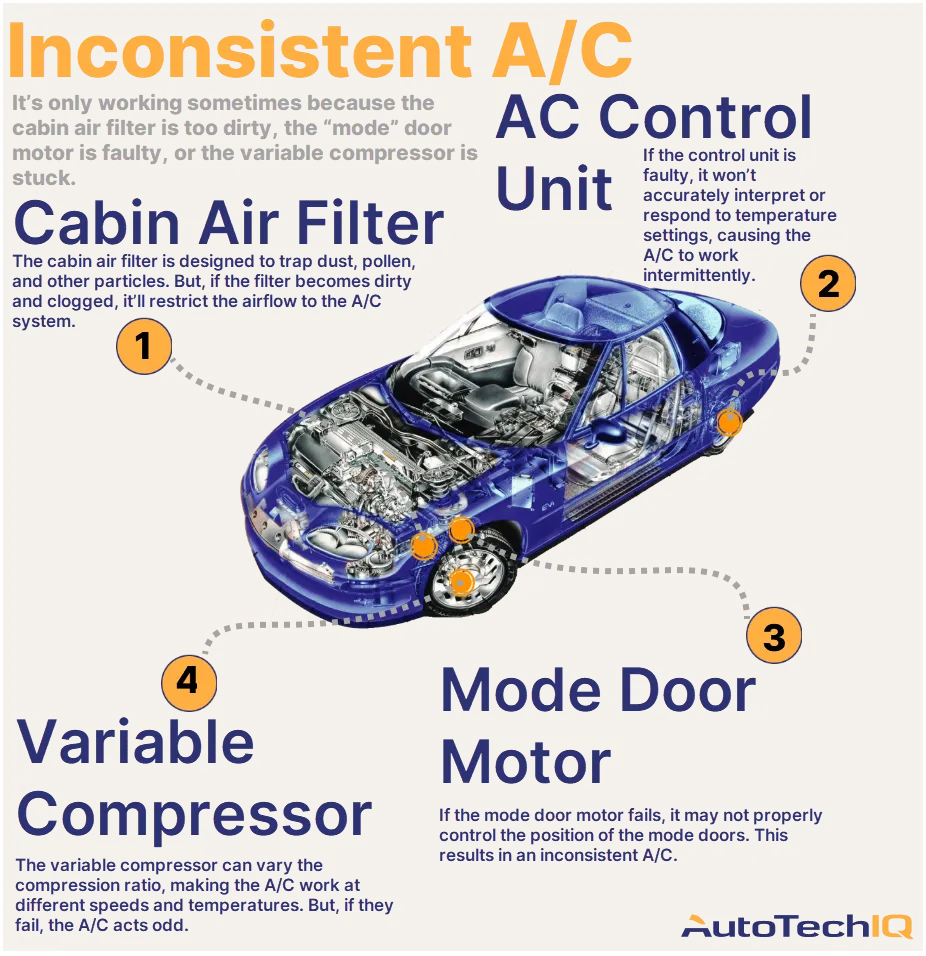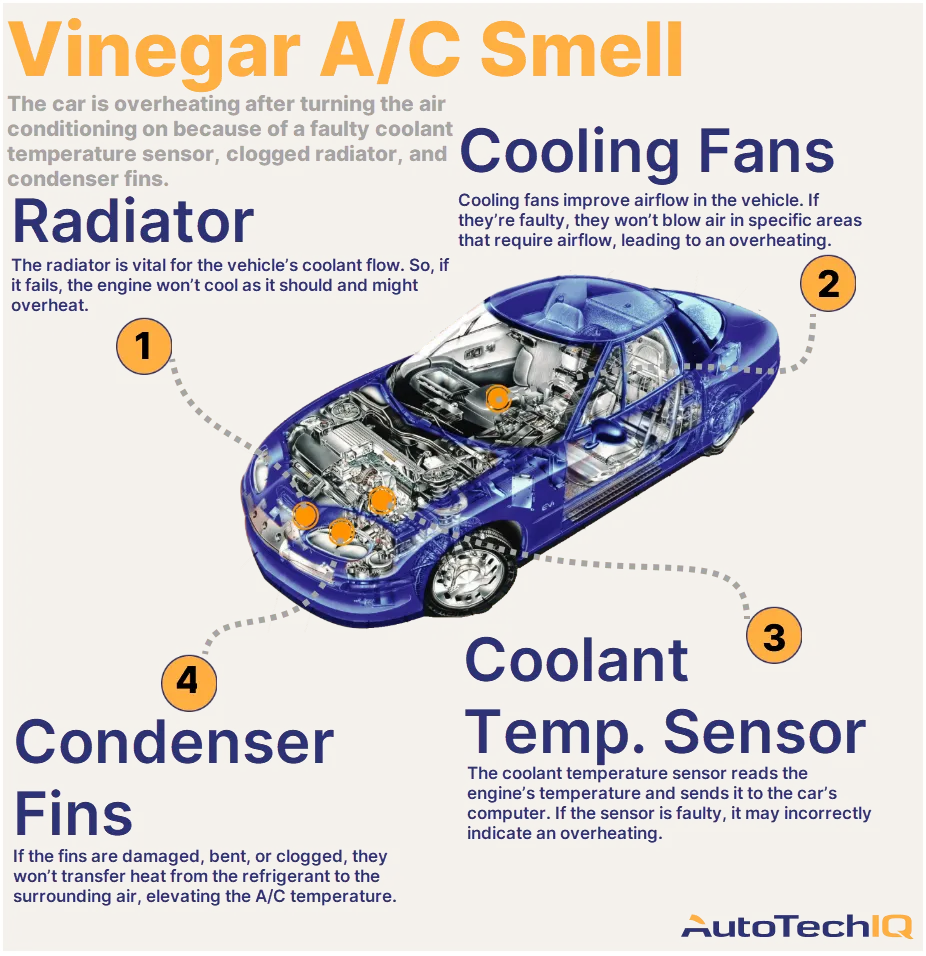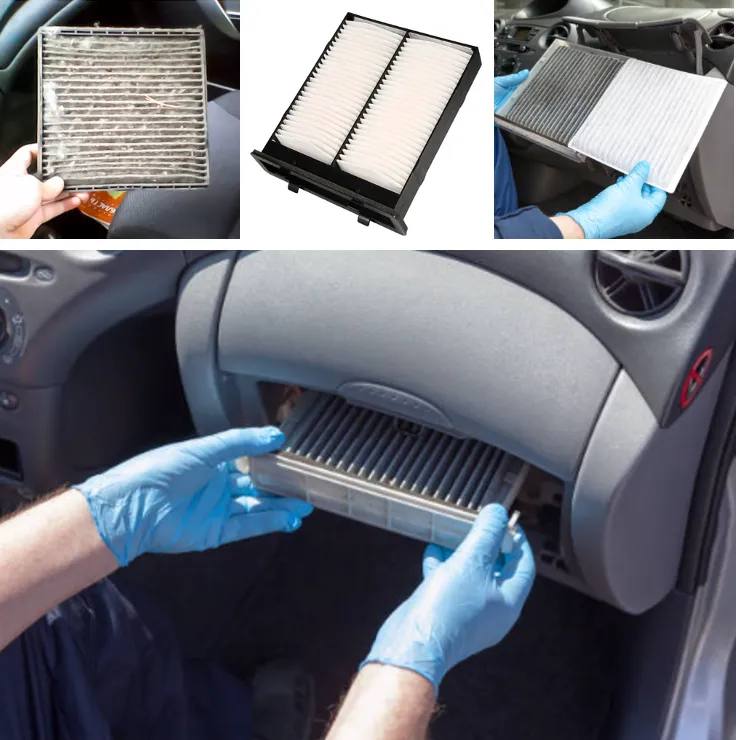
The cabin filter is an element of the car ventilation system, designed to clean the air that enters the car. The filter traps hazardous exhaust gas products, soot, dust, sand and other harmful substances that are present in large quantities in the air.
Over time, a lot of dirt and dust would accumulate on the evaporator, and these are very favorable conditions for the development of microorganisms. It is because of them that the cabin smells of mold or dampness. The cabin filter keeps the air conditioner evaporator intact and clean. Without it, the furnace and air conditioner would wear out and become dirty faster.
Types of cabin filters
1 Paper cabin filters.
It is also called mechanical because it sifts out dust particles like a sieve, but allows air through its pores. These filters are light-colored and are made from paper or synthetic fiber. There are two main types of mechanical filters:
- Single layer. This is a regular paper or synthetic filter that filters out large debris, dirt and dust.
- Multilayer. In addition to the first layer, it has at least one more electrostatic layer. It attracts the smallest particles to itself.
Simple filters protect the interior and evaporator well from dust and dirt. The disadvantages of paper filters include - there is no protection against gases and gaseous substances
2 Carbon cabin filter.
It is also called an adsorption filter. Its base is black, and the design itself is slightly heavier than a simple filter. This is because it uses activated carbon, a substance that can absorb gases. The carbon filter protects the interior from external unpleasant odors and harmful volatile substances.
Carbon filters filter out almost all nitrogen dioxide. In addition, they successfully cope with other dangerous impurities: hydrocarbons and benzopyrene. But carbon filters do little to stop carbon monoxide.
The carbon filter wears out faster in large cities. The active layer of coal is covered with pores, which over time fill with harmful gases. When the filter becomes very dirty, it will begin to “return” them to the environment, and they will enter the cabin. Therefore, it is important to change the carbon filter on time.
Depending on the car model, filters are made in different sizes.
Location of the cabin filter in the car.
- The filter may be located under the glove compartment of the passenger seat.
- Under the dashboard. The cabin filter can be located under the car's dashboard, at the driver's feet, or on the side of the front passenger seat.
- Some cars have a cabin filter installed under the hood. The exact location depends on the car model, but most often the filter is located closer to the windshield or under it.
To change such filters yourself, you need to know the exact location of the part and a clear sequence of actions. Most often it is necessary to unscrew the screws and remove the protective elements.
If the cabin filter is rarely changed, this can lead to problems with the performance of the heater. In addition, the air in the cabin will be much dirtier, which can affect the well-being of the driver and passengers. Also, in a car with a dirty filter, the windows will fog up faster. Clogged layers increase resistance to air flow, and because of this, the load on the fan motor increases. This can lead to its rapid wear and failure. Airflow also deteriorates and the overall performance of the heating system decreases.
Replacing the cabin filter is provided during maintenance.


